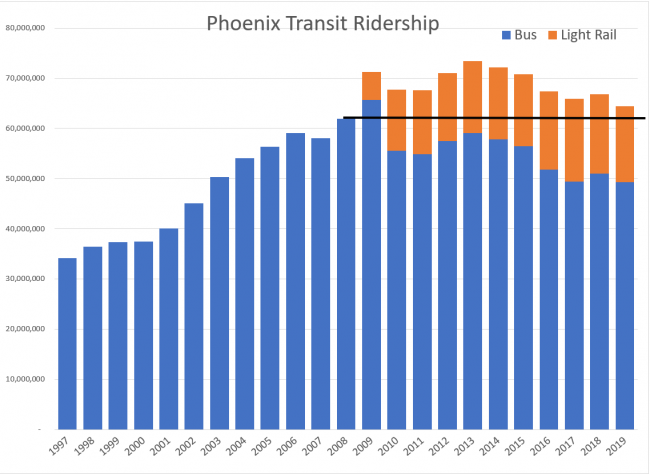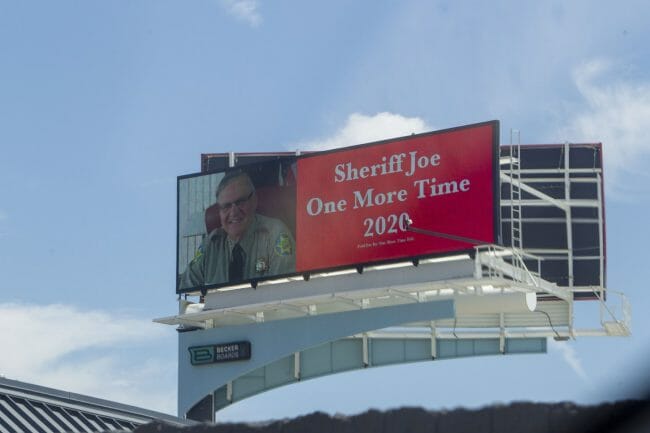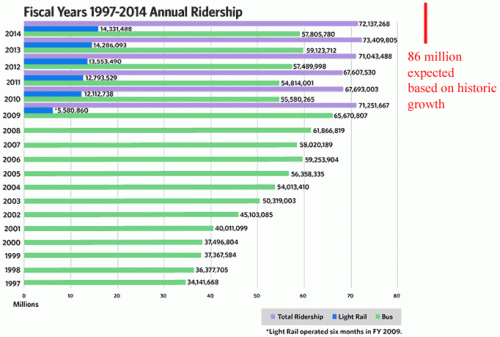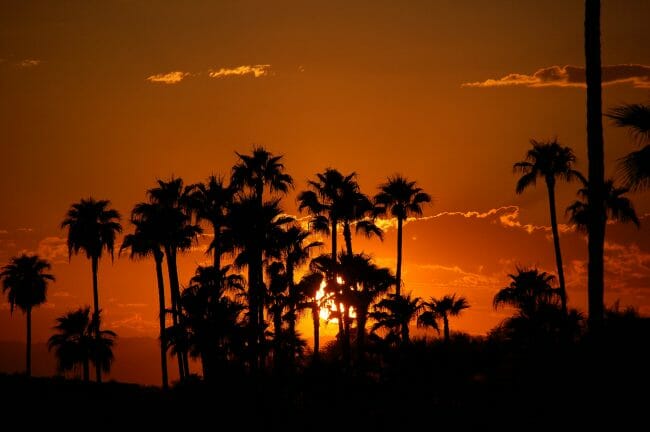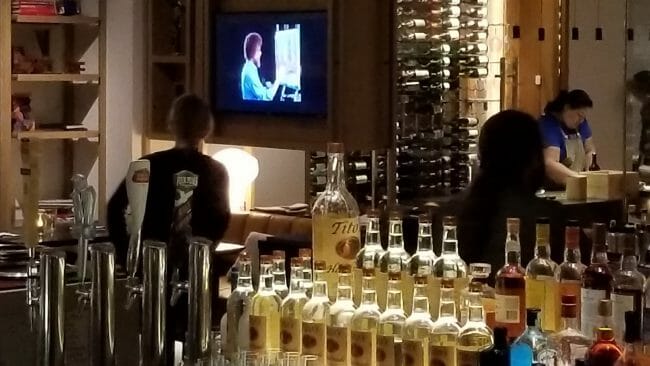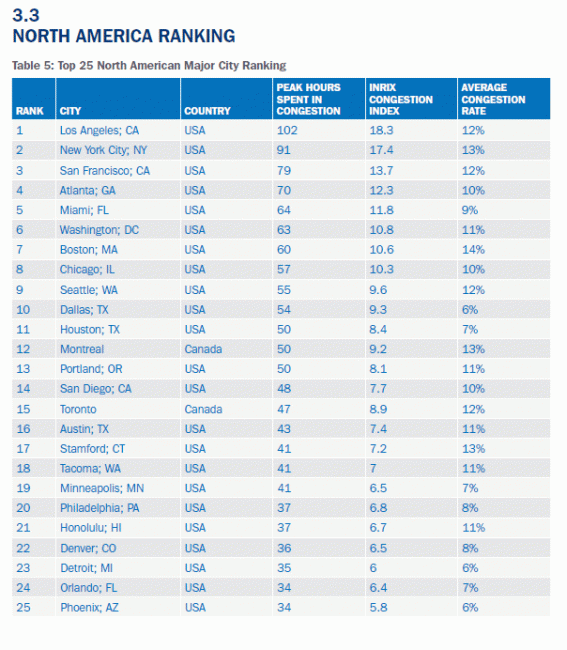Phoenix Light Rail Fail, 2019 Update
To the surprise of no one who reads this blog, Phoenix Light Rail continues to fail at every goal it set for itself, despite over $2 billion in cumulative expenditures and over 10 years of time to "catch on." In fact, the only goal it has succeeded in is to allow our local leaders to virtue signal with their peers that they have a "modern" transit system, "modern" for some reason defined as increasing the use of a 150-year-old transit technology.
Here are the numbers, relatively fresh from Valley Metro's ridership reports. Valley Metro has stopped (for reasons likely to become clear in a moment) publishing long-term ridership trend charts, so I have made my own from their data.
The original Phoenix light rail line cost about $1.4 billion. The one line was expanded midway through the 2016 fiscal year by 31% in length and 36% in cumulative dollars spent (to very little obvious effect). To date, well over $2 billion has been spent on the line.
What we can see here is exactly what Randall O'Toole of Cato has been saying for years -- that light rail projects tend to actually hurt total transit use as they scavenge resources from other modes, like buses. This is because light rail costs so much more to move a passenger, both in terms of capital investment and operating cost, so $X shifted from buses to rail reduces total system capacity and ridership substantially. We have seen this in Phoenix, as light rail costs have forced closing or reduced services in a number of bus routes, with obvious results in the ridership numbers.
There are a couple of ways to look at the ridership numbers and our $2+ billion light rail investment. First, this investment has gained us an additional 1.25 million round trips on the system, at a capital cost of $1600 per added annual round trip ($2B divided by 1.25MM). For someone who commutes 250 days a year, this means the Phoenix taxpayer has spent $400,000 per incremental daily commuter on the system. I used to predict that we could more cheaply buy every rider a Prius with the money we spent on the system, but I obviously underestimated how bad it was.
Another way to look at this is that in fact we did not increase ridership at all, but decreased it. From 1997 to 2008 the system increased ridership by an average of 5.6% a year. Had the same growth rate obtained for the last 11 years since light rail was put in place (and certainly Phoenix has continued its fast growth in this period) the ridership of the system should have been north of 110 million trips a year. By this metric, we spent $2 billion to shift to a costlier, less flexible transit mode that lost us 45 million annual trips. Even if transit had just grown with population we should have seen 80 million or so trips in 2019.
The problem with light rail (and the reason it is popular with government officials) is that it is an upper middle class boondoggle. There can be no higher use of transit than to provide mobility to poorer people who can't afford reliable automobiles. Buses fulfill this goal better than any mode of transit. They are flexible and can reach into many corners of the city. The problem with buses, from the perspective of government officials, is that upper middle class people don't like to ride on them. They like trains. So the government builds hugely expensive trains for these influential, wealthier voters. Since the trains are so expensive, the government can only build a few routes, so those routes end up being down upper middle class commuting corridors. As the costs mount for the trains, the bus routes that serve the poor and their dispersed commuting destinations are steadily cut.
Some of my other posts on Phoenix light rail are here. As you can see from this 2008 article, I am not just a Monday morning QB but predicted exactly this failure in advance and explained why from data.
